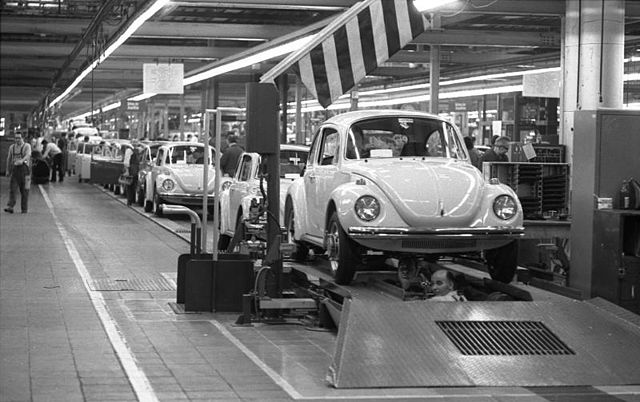Treaty establishing the European Defence Community
The Treaty establishing the European Defence Community, also known as the Treaty of Paris, is an unratified treaty signed on 27 May 1952 by the six 'inner' countries of European integration: the Benelux countries, France, Italy, and West Germany. The treaty would have created a European Defence Community (EDC), with a unified defence force acting as an autonomous European pillar within the North Atlantic Treaty Organization (NATO). The ratification process was completed in the Benelux countries and West Germany, but stranded after the treaty was rejected in the French National Assembly. Instead, the London and Paris Conferences provided for West Germany's accession to NATO and the Western European Union (WEU), the latter of which was a transformed version of the pre-existing Western Union. The historian Odd Arne Westad calls the plan "far too complex to work in practice".
René Pleven
West Germany was the Federal Republic of Germany from its formation on 23 May 1949 until its reunification with East Germany on 3 October 1990. During the Cold War, the western portion of Germany and the associated territory of West Berlin were parts of the Western Bloc. West Germany was formed as a political entity during the Allied occupation of Germany after World War II, established from 12 states formed in the three Allied zones of occupation held by the United States, the United Kingdom, and France. The capital was the city of Bonn, hence the Cold War-era country is sometimes known as the Bonn Republic.
Dutch tanks, pictured in West Germany in 1956 as part of the large British and American-led foreign military presence in the country
Konrad Adenauer was a German statesman who served as the first chancellor of the Federal Republic of Germany.
Rudi Dutschke, student leader
The Volkswagen Beetle – for many years the most successful car in the world – on the assembly line in Wolfsburg factory, 1973





